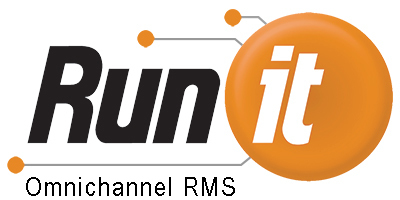Lately more and more of our merchants are realizing the marketing power of our eReceipts. With that in mind, we want to make sure that all of our merchants who are conducting email marketing campaigns are ensuring that their messages aren’t considered spam. Having your messages classified as spam can have serious consequences. If an email service considers you a spammer, your messages to their customers’ email addresses can be blocked. If your own email service considers you to be a spammer, you can be prevented from sending messages at all. If you violate laws related to spam, you may find yourself paying fines of hundreds or even thousands of dollars per email. The most important rules to follow are those set by the CAN-SPAM Act of 2003. Those rules boil down to three important ideas: be honest about the message, be honest about who is sending the message, and offer customers a way to opt out.
- Be honest about the message: the email should be clearly identifiable as a marketing message, and should not have a misleading subject line.
- Be honest about the sender: the recipient of the email should be able to immediately know that the message is from your store. The “from” line, the sender email address, and the originating domain must all be accurate. You also must include a physical address in the email.
- Let customers opt out: There should be clear instructions (and preferably, a link) for customers who wish to unsubscribe from email marketing. Their request should be honored in a timely manner and they should not be contacted again.
If you’re thinking that these seem like pretty easy to rules to follow, you’re right. The law was intended to stop misleading, unsolicited (and often harmful) messages, not legitimate marketing messages from a business to its customers. But beyond complying with the law, it is important for your recipients to not feel as though they are being spammed. Make sure that your messages aren’t sent too frequently. They should contain quality content that your customers want to see, like announcements for new product lines or for sales. It is also a good idea, when you enter your customers’ information into Runit, to ask if they would like to receive promotional messages via email. If they say no, you can check a box that will prevent their email from being included when you send marketing messages. Even if you’ve taken the time to ensure your customers’ consent, you may find that some emails bounce. This can happen for a variety of reasons, including a mistaken entry, or problems with a server that temporarily interfere with an email address. A large number of bounces from your email account can lead to your email privileges being revoked. To prevent that, be very cautious about sending messages to email addresses that have bounced in the past. And lastly, while it is not against the CAN-SPAM Act, it is better not to purchase email addresses from consumer databases. Not only will those people be likely to tag your emails as spam, they will also not likely be persuaded by an email to visit a store they’ve never been to.





![Operating across multiple channels? Discover the 5 best practices retailers should follow to maximize the benefits of omnichannel retailing [ebook]](https://no-cache.hubspot.com/cta/default/546634/fdf9c45a-27e8-4b13-9c80-f8bb003bab56.png)
